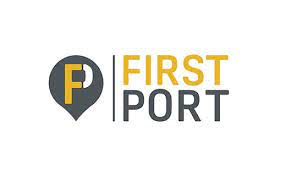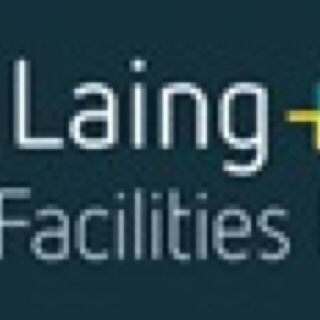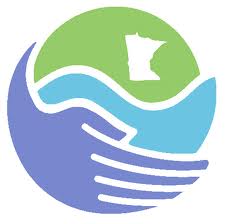Information
-
Facility
-
Add location
-
Conducted on
-
Weather Conditions
-
Prepared by
Non-Storm Water Discharges
-
Non-Storm Water Discharges (Examples of authorized NSWDs: Landscape watering, natural springs, ground water, potable water, foundation/footing drainage, condensates (from air conditioners, air compressors, and refrigeration units), fire system flushing)
-
Were any unauthorized NSWDs observed? (Examples of unauthorized NSWDs: Wash water (from vehicles, buildings, and pavement), spilled industrial materials)
-
If yes to either, identify the source, quantity observed, and frequency of occurrence:
Drainage Area Observations
-
List of Storm Water Drainage Areas:
-
Describe any abnormal conditions, BMP deficiencies, or industrial pollutants observed:
-
Describe corrective actions taken with implementation date(s):
Best Management Practice Inspection Checklist
-
Instructions: Perform a monthly facility-wide inspection and address each item below. If necessary, initiate corrective actions as soon as possible. Document corrective actions and implementation dates on this form. If a specified area is not present at your facility, write “Not Applicable or N/A” in the Comments column.
General Facility Checklist
-
Access Areas: Inspect access areas to identify potential track out of dirt, gravel, or industrial materials.
-
Parking Lots: Inspect employee and fleet parking areas to identify potential spills, leaks, debris, or trash.
-
Curb Lines: Inspect curb lines to identify potential debris, sediment, or trash accumulation.
-
Drains & Outfalls: Inspect storm water drain inlets and outfalls to identify potential debris or trash accumulation. Assess associated filter devices for performance and installation.
-
Spill Response Kits: Inspect spill kits to verify adequate supplies are maintained.
Loading & Unloading Areas
-
Dock Aprons: Inspect the dock apron to identify potential trash or debris accumulation.
-
Material Handling Areas: Inspect material handling areas to identify potential spills, leaks, or debris.
Industrial Material Storage Areas
-
Industrial Storage Areas: Inspect industrial material and waste storage areas to identify potential spills, leaks, or debris.
-
Secondary Containment: Inspect secondary containment structures or devices to verify the interiors are free of accumulated materials, liquids, or storm water.
-
Stockpiles: Inspect stockpiles, if present, to verify adequate BMPs are in place to prevent migration of materials by wind or rainfall.
Maintenance Areas
-
Fuel Stations: Inspect fueling areas (fixed station or mobile) to identify potential spills, leaks, or track out.
-
Repair Areas & Shops: Inspect vehicle or equipment repair areas to identify potential spills, leaks, or track out.
-
Washing Areas: Inspect washing areas (fixed or mobile) to identify potential wash water discharges, staining, residues, or debris.
undefined
-
Name of Inspector
-
Date and time












